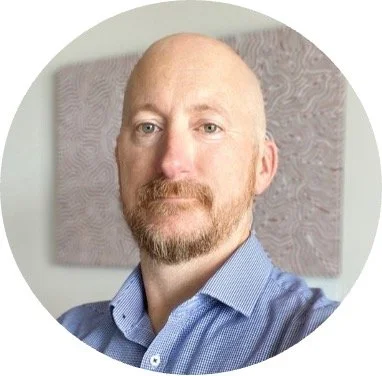How the Youth Mental Health Map was developed
The Youth Mental Health Map is a data-driven assessment tool developed by a team of mental health researchers and clinicians to help better understand the mental health profiles of young people and improve clinicians’ abilities to identify appropriate treatments.
Traditionally, mental health has been divided into categories like depression, anxiety, or psychosis. But in real life, people often experience a mix of symptoms that don’t fit neatly into one label. That’s why researchers have started using a transdiagnostic approach, which looks at patterns of thoughts, emotions, and behaviours that are common across many different mental health conditions.
In our first study, young people completed a battery of questionnaires that measured mental health problems, including PTSD, sleep, psychosis, disordered eating, emotion regulation, experiential avoidance, intolerance of anxiety, depression and anxiety. Our research team used an unsupervised dimensionality reduction technique that identifies patterns in large datasets and groups related symptoms together to identify a small number of core transdiagnostic dimensions. The dimensions identified using this technique were uncontrollable thinking patterns, re-experiencing difficult events, rigid high standards, and emotional agency. Using a supervised machine learning technique, the team identified a subset of question items that could be used to measure the four transdiagnostic dimensions more efficiently. These are the 34 question items that make up the Youth Mental Health Map.
In our second study, the Youth Mental Health Map demonstrated moderate-to-good test re-test reliability, indicating that scores on each of the symptom dimensions tend to be consistent over time when administered to the same individuals. Scores on the four dimensions correlated with scores on current gold-standard measures of psychological distress, and correlated with scores on a self-reported scale assessing symptom severity, supporting the construct and criterion validity of the questionnaire.
The Youth Mental Health Map was developed and refined in collaboration with young people and clinicians. It was designed to be brief, easy to use, and relevant across a wide range of experiences.
Our Team
This project, led by A/Prof Caitlin Hitchcock, brings together clinicians, researchers, and lived experience experts from the University of Melbourne, Orygen Digital, and King’s College London.
Our team has combined clinical insight, lived experience, and cutting-edge research methods to develop a new, data-driven digital tool that moves beyond traditional diagnostic categories to reflect the real and often complex experiences of young people.
By taking a transdiagnostic approach, we aim to support more personalised and effective mental health care.
Our team
A/Prof Caitlin Hitchcock
University of Melbourne
Dr Alicia Smith
University of Melbourne
Prof Mario Alvarez Jimenez
Orygen Digital
Dr Shaminka Mangelsdorf
Orygen Digital
Ms Molly Butler
University of Melbourne
A/Prof Shane Cross
Orygen Digital
Ms Amelia Kirkpatrick
Univeristy of Melbourne
Dr Toby Wise
King’s College London
Prof Patrick McGorry
Orygen
Would you like to take part in research?
If you are interested in participating in future research projects completed by our lab at the University of Melbourne, you can register for our participant mailing list here.








